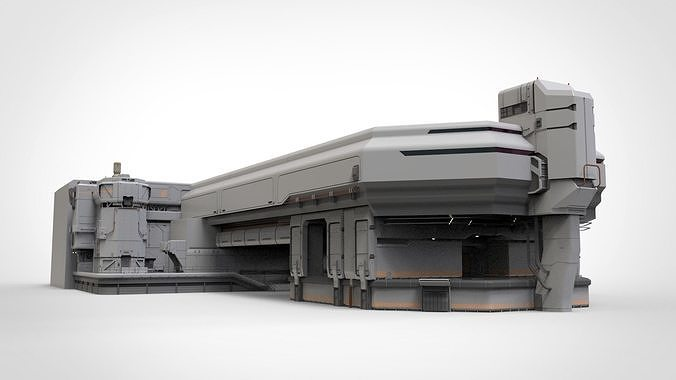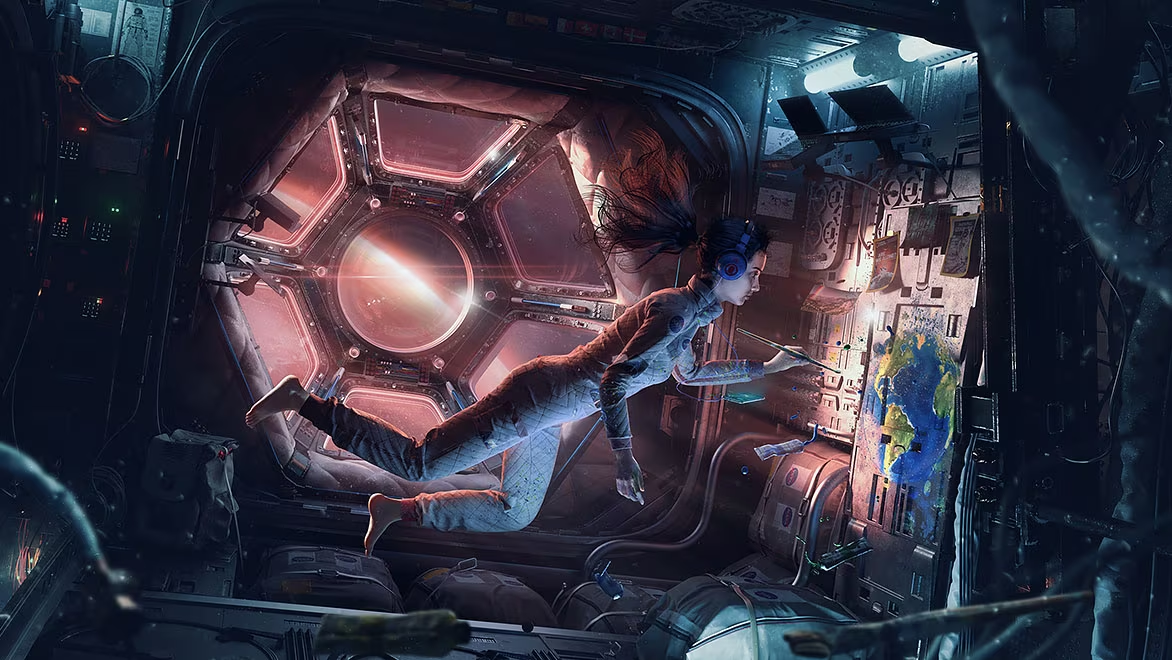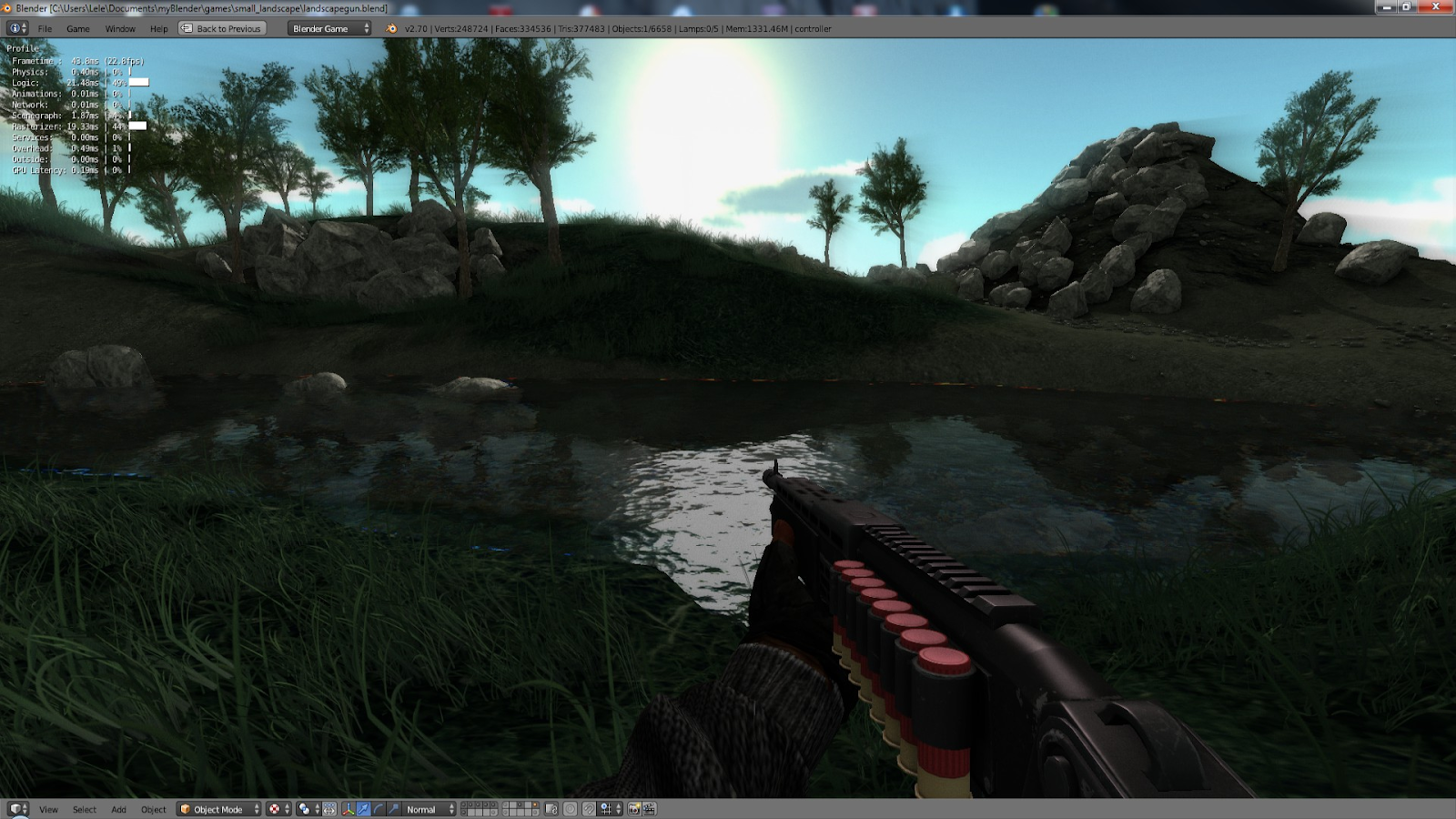Game development is an exciting and multidisciplinary field that merges creativity, programming, and design. With the rise of accessible tools, aspiring game developers can bring their visions to life. In this article, we explore the fundamental aspects of game development with a focus on utilizing Blender, a versatile and free 3D software, to create engaging and immersive gaming experiences.
Understanding the Basics:
Game Design Principles:
- Game development begins with a solid understanding of game design principles. Define the game's concept, mechanics, and goals before diving into the development process.
Blender as a Game Development Tool:
- Blender is not only a powerful 3D modeling and animation tool but also a capable game development platform.
Its integrated game engine allows developers to create interactive experiences within the same environment used for asset creation.
- Blender is not only a powerful 3D modeling and animation tool but also a capable game development platform.
Creating 3D Assets:
Modeling with Blender:
- Blender's modeling tools enable developers to craft 3D assets for their games.
From characters to environments, Blender's intuitive interface facilitates the creation of diverse and detailed models.
- Blender's modeling tools enable developers to craft 3D assets for their games.
UV Mapping and Texturing:
- Efficient UV mapping is crucial for applying textures accurately. Blender's UV mapping tools, combined with its texture painting capabilities, provide a seamless workflow for bringing 3D models to life.
Animation and Rigging:
Character Animation:
- Blender's animation tools allow developers to bring characters to life with dynamic movements.
Rigging, the process of adding a skeleton to a model, is seamlessly integrated into Blender's workflow.
- Blender's animation tools allow developers to bring characters to life with dynamic movements.
Armature and Bone Systems:
- Blender's armature system simplifies the rigging process, enabling developers to create realistic character animations.
The bone system allows for precise control over movement and interactions.
- Blender's armature system simplifies the rigging process, enabling developers to create realistic character animations.
Game Development with Blender:
Blender Game Engine (BGE):
- Blender's integrated game engine, though deprecated in recent versions, is still a valuable tool for beginners.
Exporting to External Engines:
- For more advanced game development, Blender supports the export of models and animations to popular game engines like Unity or Unreal Engine.
This flexibility allows developers to leverage the strengths of specialized engines while benefiting from Blender's modeling and animation capabilities.
- For more advanced game development, Blender supports the export of models and animations to popular game engines like Unity or Unreal Engine.
Optimizing for Performance:
Low-Poly Modeling:
- In game development, optimizing performance is crucial.
Blender's tools for low-poly modeling help create visually appealing assets that run smoothly in real-time environments.
- In game development, optimizing performance is crucial.
Texture Baking:
- Blender's texture baking features enable developers to optimize textures for real-time rendering, enhancing performance without compromising visual quality.
- Blender's texture baking features enable developers to optimize textures for real-time rendering, enhancing performance without compromising visual quality.
Tags:
owiianimates










